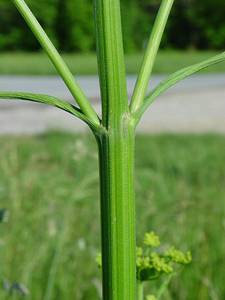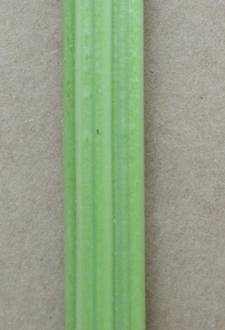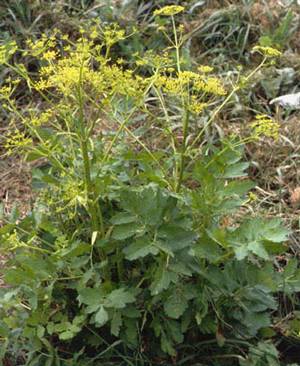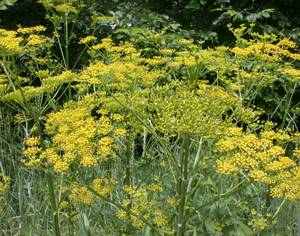Introduction and Distribution | Habitat, Biology, and Ecology | Impacts | Prevention | Control and Management | New York Distribution Map
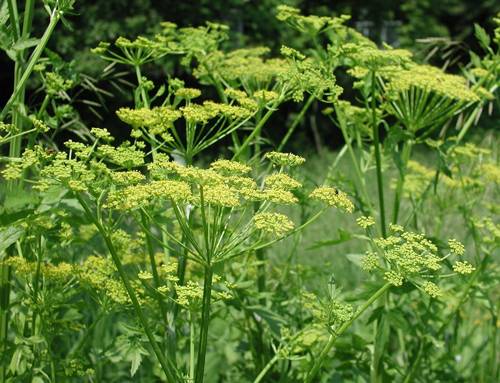
Introduction & Distribution
Wild parsnip (Pastinaca sativa) is a biennial/perennial herb native to Eurasia. In appearance, it looks and smells quite like cultivated parsnip (in point of fact, wild parsnip is part of the Apiaceae (or Umbelliferae) family which includes carrots, celery, parsley, parsnip, Angelica, and Queen Anne’s Lace, most of which are aromatic plants with hollow stems). It is believed to be an escapee from parsnip that was originally under cultivation. The plant typically can grow up to 4 feet (1.2 m) tall in an average year. Wild parsnip is common throughout the northern United States and southern Canada. Its range reaches from Vermont to California and south to Louisiana (it is not found in Hawaii, Mississippi, Alabama, Georgia, and Florida). Reported populations can be found across New York State with the heaviest concentrations being found in the Lower Hudson Valley, Catskills, and southern Adirondacks.
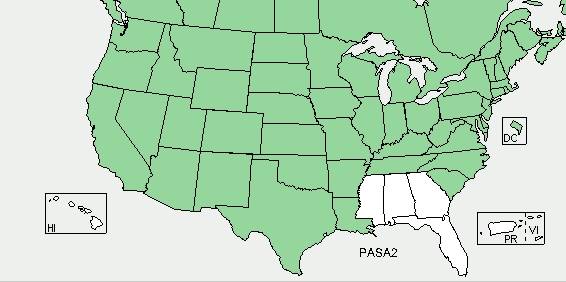
Habitat, Biology & Ecology
Wild parsnip is an herbaceous plant which can grow from 4 – 5 feet (123 – 150 cm) tall. It can survive in a broad range of environmental settings, from dry soils to wet meadows. It grows best in rich, calcareous, alkaline, moist soils. It is commonly found growing along roadsides, in pastures, and in abandoned fields, or any place where the soil has been disturbed and native vegetation has yet to become fully established.
The roots are generally smooth and cylindrical, although sometimes lateral roots will grow out from the central tap root.
Seedlings emerge from February through April, form rosettes in their first year, and grow vegetatively for one or more years, at which time they will form an aerial shoot (called a “bolt”) and flower. Wild parsnip produces a rosette of broad, hairless, ovate, compound pinnate leaves, up to 6 inches (15.2 cm) in length, terminating with several pairs of leaflets with saw-toothed margins; they can grow up to 16 inches (40 cm) long. Leaflets are arranged in pairs along the stalk. Lower leaves have short stems, upper leaves are stemless. The leaves give off a pungent odor when crushed. During the vegetative growth season, wild parsnip continuously produces and loses leaves. The flower stalk develops from the rosette in the second year and can grow to a height of 4 – 5 feet (123 – 150 cm). It is grooved, hairy, and, except at the nodes, hollow. The stalk is sparsely branched. Over the winter above ground wild parsnip plants die back with only one or two leaves remaining on each plant.
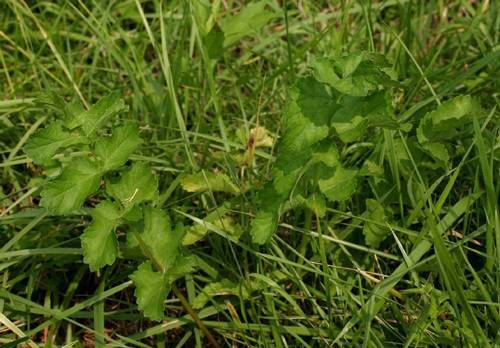
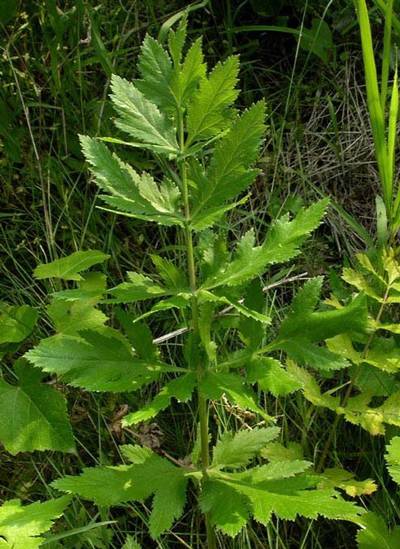
|
|
|
Each wild parsnip plant produces hundreds of small yellow flowers which bloom from June to mid-July. The flowers are arranged in a loose compound umbel (a structure made up of a number of short flower stalks which spread from a common point, looking like the ribs of an umbrella). An umbel can measure from 4 – 8 inches (10 – 20 cm) in diameter. The flowers consist of five yellow petals curled inward, five stamens, and one pistil. The large, straw to light-brown seeds that are produced by the flower heads are round to oval, flat, slightly ribbed with narrow wings and are 1 ½ – 3 inches (4 – 8 mm) long. Seeds mature by early July. Plants die after producing seeds; the dead stalk will remain standing through the winter. Seeds can remain viable in the soil for four years. Seedling mortality is high; less than 1% of seedlings survive to mature and reproduce.
|
|
|
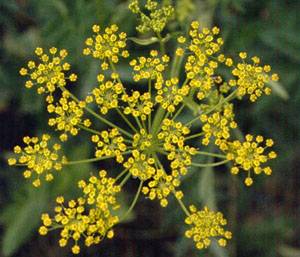
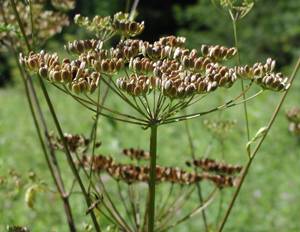

Impacts
Ecological Impacts:
Wild parsnip invades and modifies disturbed open habitats. Well-established fields and meadows are not likely to be invaded, but parsnip can become well-established along the edges and in disturbed areas. Once an infestation begins, it can spread into adjacent areas and form dense stands in high-quality fields and meadows. Wild parsnip is also very persistent on sites that remain disturbed or bare such as paths, roadsides, and utility rights-of-way.
Human Health Impacts:
While wild Parsnip roots are edible, the plant produces a compound in its leaves, stems, flowers, and fruits that causes intense, localized burning, rash, severe blistering, and discoloration on contact with the skin on sunny days. This condition, known as phytophotodermatitis, is caused by furanocoumarin contained in the sap. This is not an allergic reaction, it is a chemical burn brought on by an increase in the skin’s sensitivity to sunlight. Affected areas can remain discolored and sensitive to sunlight for up to two years, similar to but not as severe as contact with giant hogweed. This reaction is not brought on by contact with the foliage of the plant, only by contact with the sap.
Contact may occur when working, hiking, and harvesting crops, including when visiting u-pick operations. To reduce the risk of exposure to wild parsnip sap, when undertaking such pursuits one should wear long-sleeved shirts, gloves and long pants.
If one should come in contact with wild parsnip sap, you should immediately cover the exposed skin to prevent the reaction to sunlight (but the area will remain sensitized for about eight hours). The contact area should be washed with warm water and a mild soap. If exposure to sunlight causes a burn and blisters to develop the affected area should be covered with a cool, damp cloth to help relieve pain. The blistered skin should be kept out of the sunlight to avoid further burning. If blistering is severe, see a physician. There is no cure for parsnip burns; however, a topical or systemic cortisone steroid may relieve discomfort.
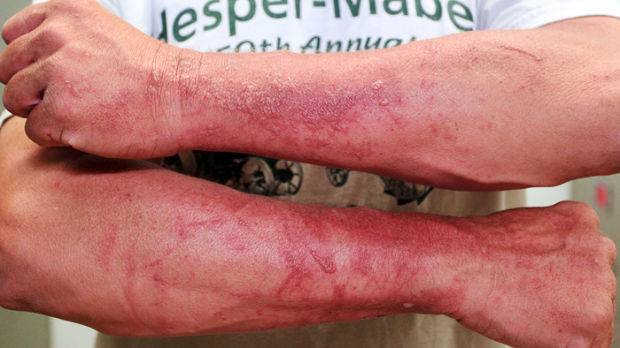
The essential oil of parsnip roots contains a large percentage of Myristicine, a strong human hallucinogen.
Wild parsnip is regulated in Ohio, Illinois, Tennessee, and Wisconsin.
Prevention of Establishment & Spread
Remove new infestations while they are still small. Avoid mowing areas with wild parsnip when viable seeds are present as equipment readily spreads seed to new areas. Clean mowing equipment before moving from an area with wild parsnip to one without. When possible, plan to harvest/mow areas without wild parsnip before moving to fields where it is present. Time control efforts to prevent spread of the plant.
Control & Management
Management decisions should be based on the quality of the area, the degree of the infestation, and use of the infested area by people or livestock.
Manual control for small patches is effective. Cut the root 1” below the ground using a tool such as a spaded shovel or remove plants by hand pulling, gripping the stalk just above the ground. These control measures should be undertaken before wild parsnip plants go to seed. If hand pulling after seed formation, take steps to destroy the seeds. For small areas which have set seed, cut the tops with clippers, bag the seed heads in clear plastic and allow to rot.
Mowing – Mow when plants first produce flowers, but before seeds enlarge. At this stage plants have depleted their root resources and often die when cut. Some plants will re-sprout, so a follow-up mowing may be needed. When using any type of mowing equipment, take precautions to prevent plant sap from contacting exposed skin. Mowing can tend to favor wild parsnip rosettes as more sunlight is able to reach them, as well as reducing the number of plants competing with them for light and nutrients.
Chemicals – General-use herbicides such as glyphosate or triclopyr can be applied as spot treatments to basal rosettes. Be sure to follow all label and state requirements.
Biocontrol – No effective options are currently known. The parsnip webworm infests individual plants, but is not known to significantly damage large patches.
Plan to monitor the area long-term for seedlings emerging from the seed bank.
Whatever type of control method is employed, make certain to take measures to protect skin and eyes from contact with the plant’s sap.
New York Distribution Map
This map shows confirmed observations (green points) submitted to the NYS Invasive Species Database. Absence of data does not necessarily mean absence of the species at that site, but that it has not been reported there. For more information, please visit iMapInvasives.




